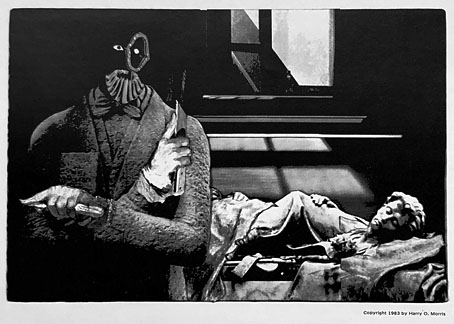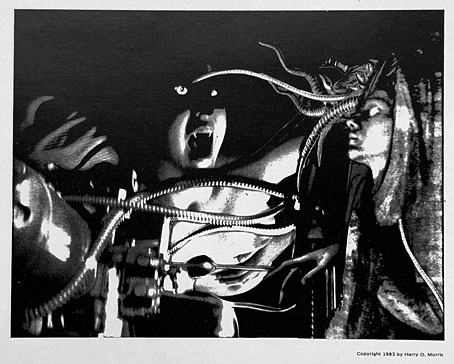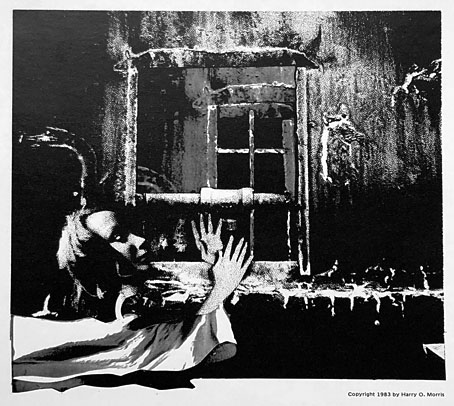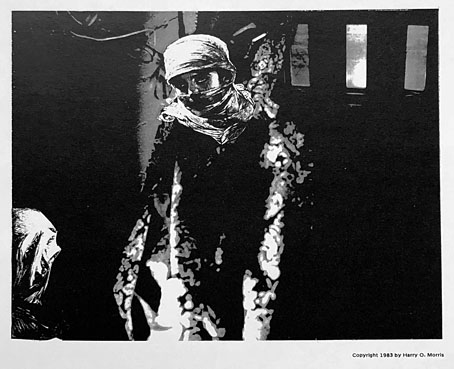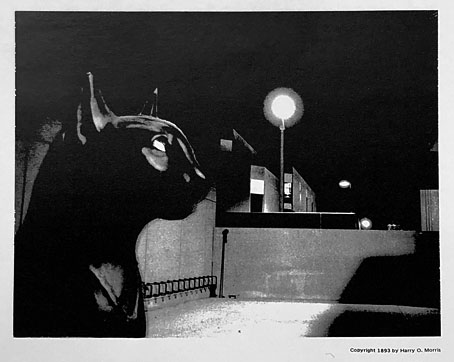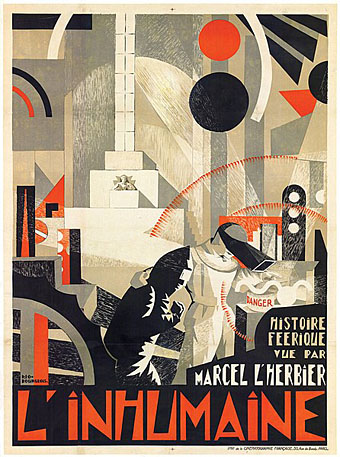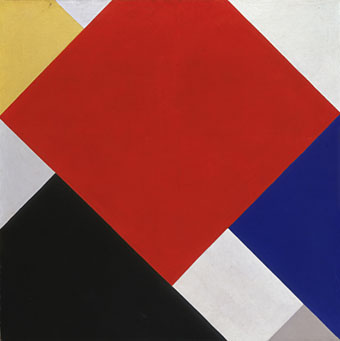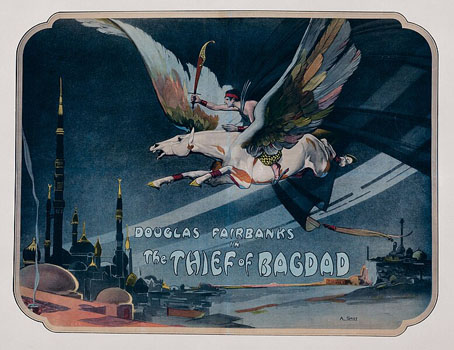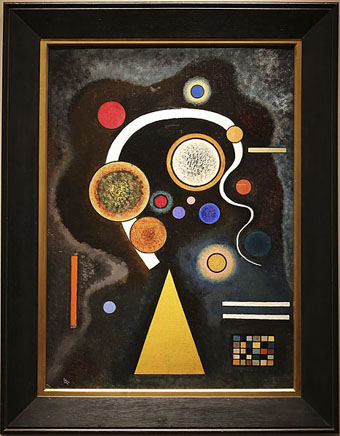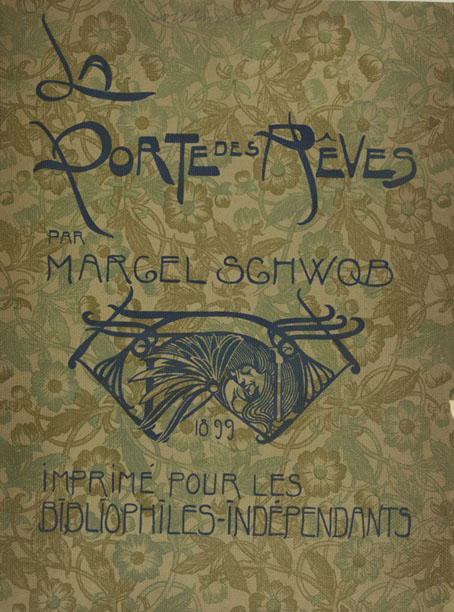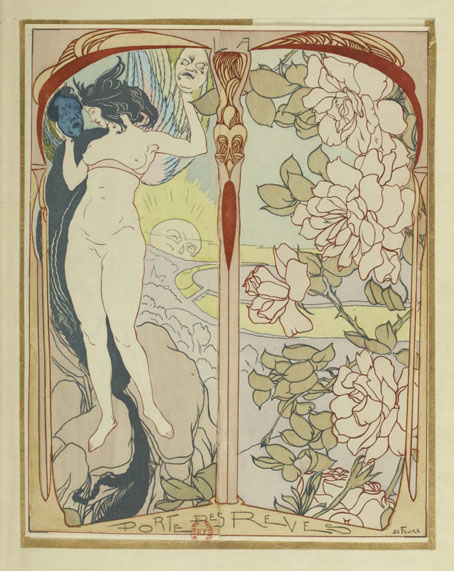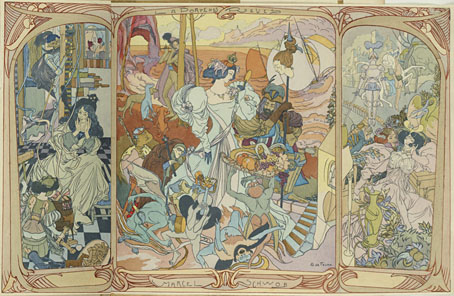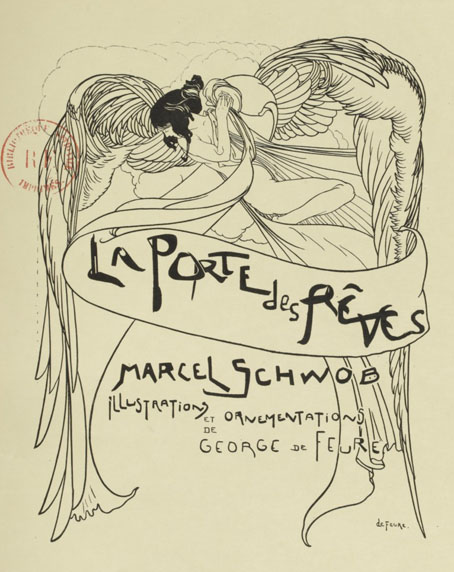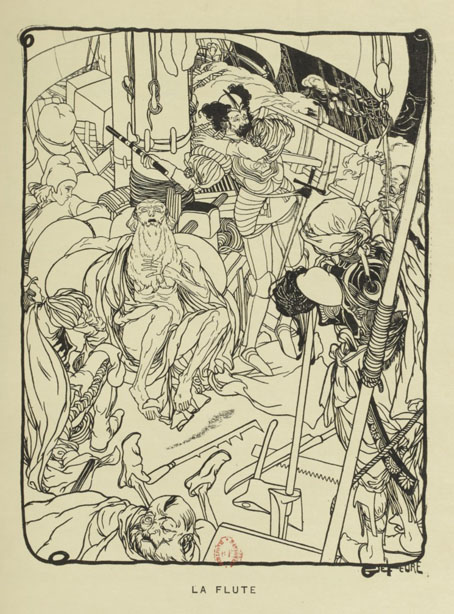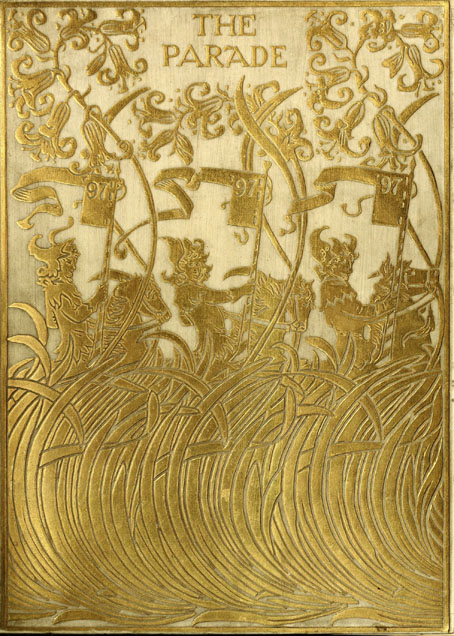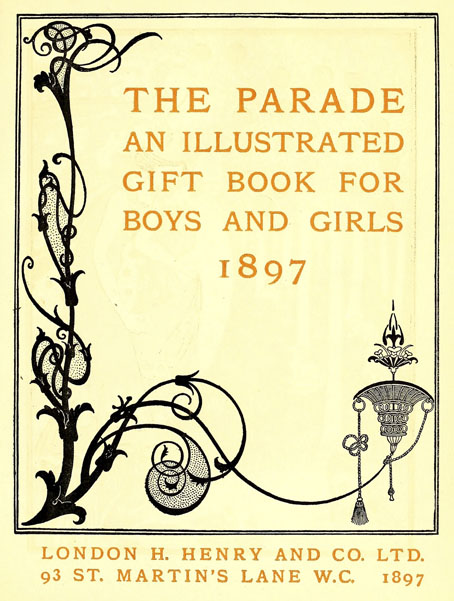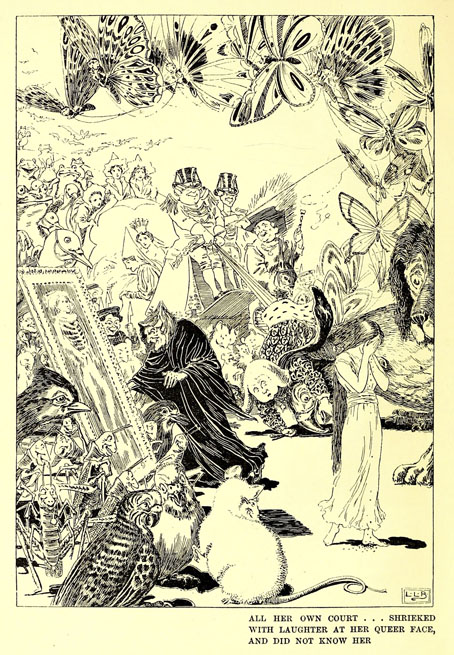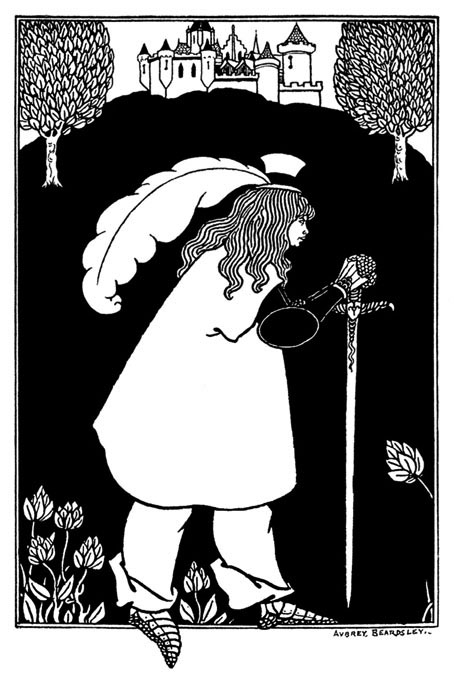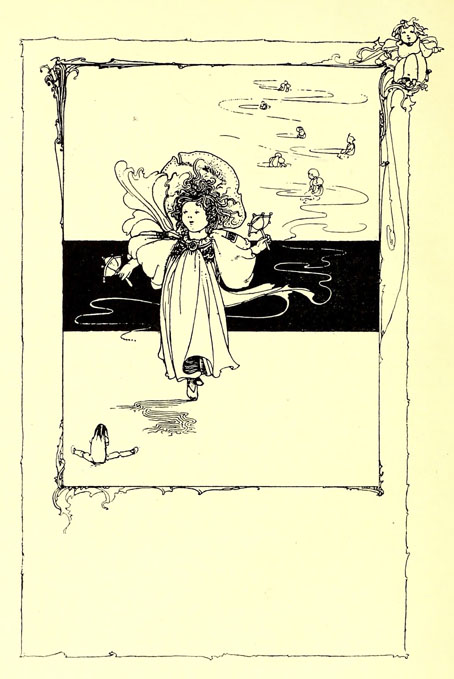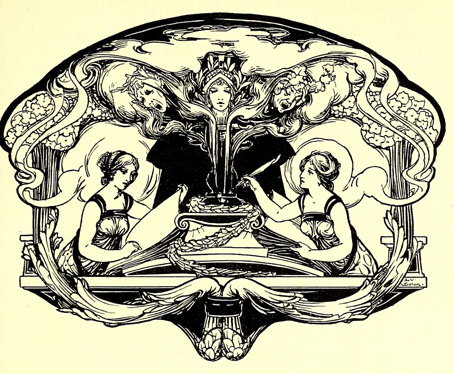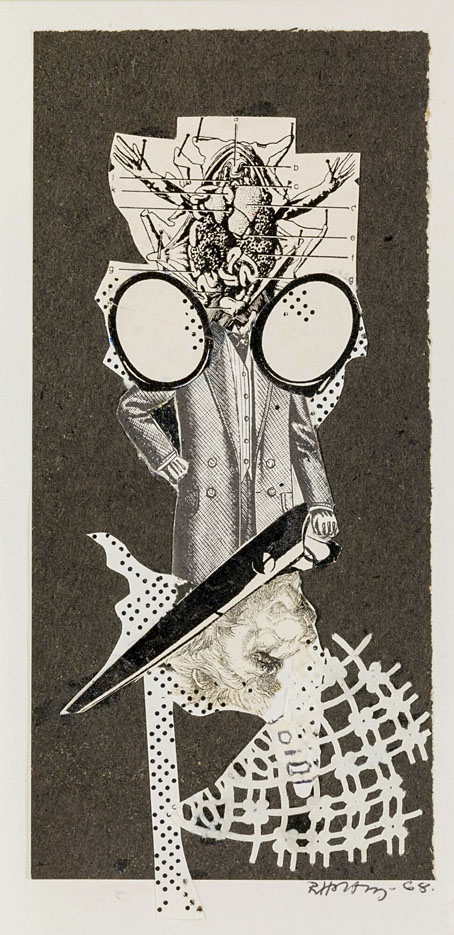
More Maldoror, and more collage, this time from Swedish artist and art historian Ragnar von Holten (1934–2009). The Historical Dictionary of Surrealism describes von Holten as a Gustave Moreau enthusiast who first contacted the Paris Surrealists in 1960 when he was organising a retrospective of Moreau’s work at the Louvre. André Breton had long been a champion of Moreau, especially in the decades when the artist was out of fashion, and wrote a preface for von Holten’s L’Art Fantastique Gustave Moreau. One of the many things I like about the Surrealists is the continuity they provide with the history of fantastic and visionary art.
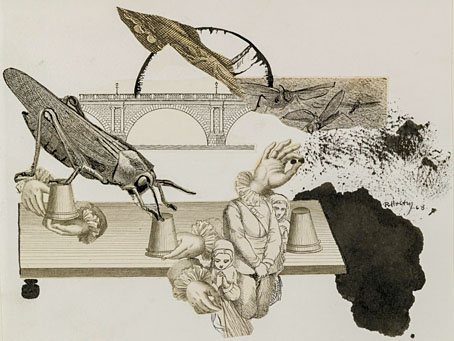
Von Holten’s Maldoror collages were begun in the late 1960s and completed in 1972 when they were published in a Swedish edition of the novel. I don’t know how many illustrations there were in all but you can see more at the Moderna Museet website. Not all the collages are labelled as being derived from Maldoror but many of the titles refer to the text all the same. Also there are two drawings intended as vignettes, one of which depicts in a rather literal fashion Lautréamont’s most popular metaphor.
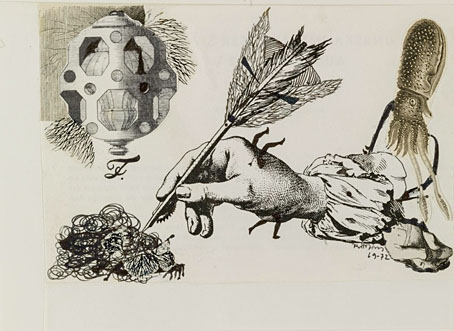
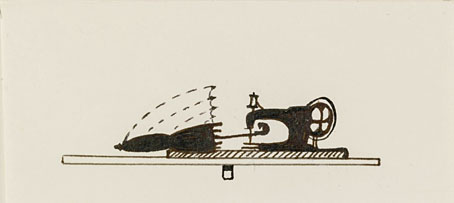
Elsewhere on { feuilleton }
• The Surrealism archive
Previously on { feuilleton }
• Harry O. Morris’s Maldoror
• Covering Maldoror
• Kenneth Anger’s Maldoror
• Chance encounters on the dissecting table
• Santiago Caruso’s Maldoror
• Jacques Houplain’s Maldoror
• Hans Bellmer’s Maldoror
• Les Chants de Maldoror by Shuji Terayama
• Polypodes
• Ulysses versus Maldoror
• Maldoror
• Books of blood
• Magritte’s Maldoror
• Frans De Geetere’s illustrated Maldoror
• Maldoror illustrated

